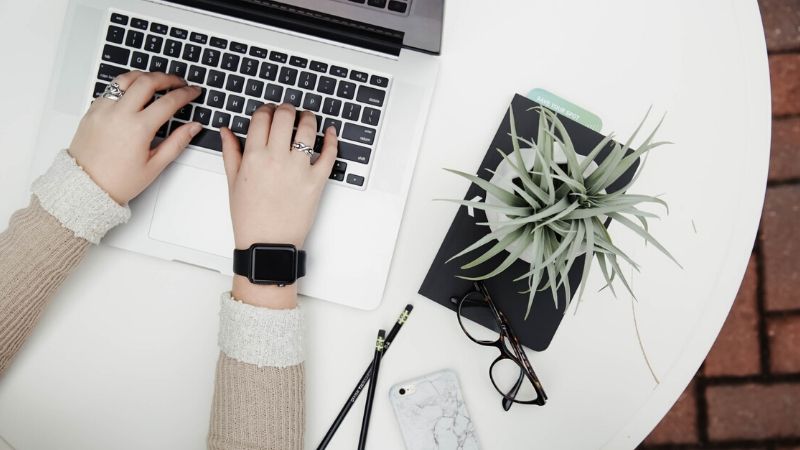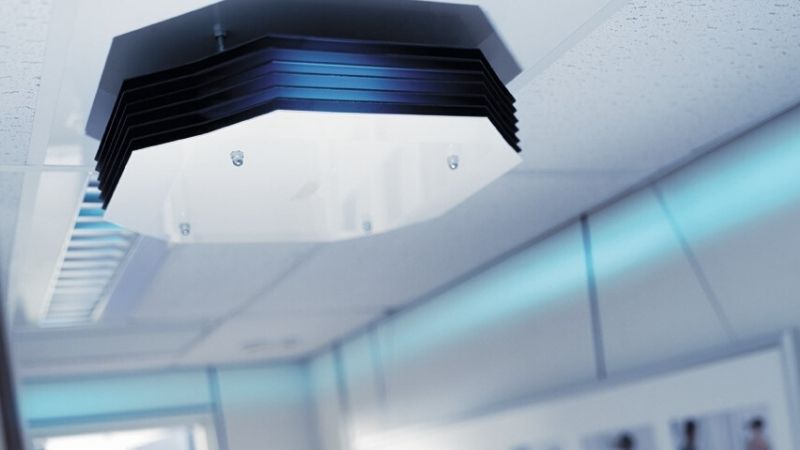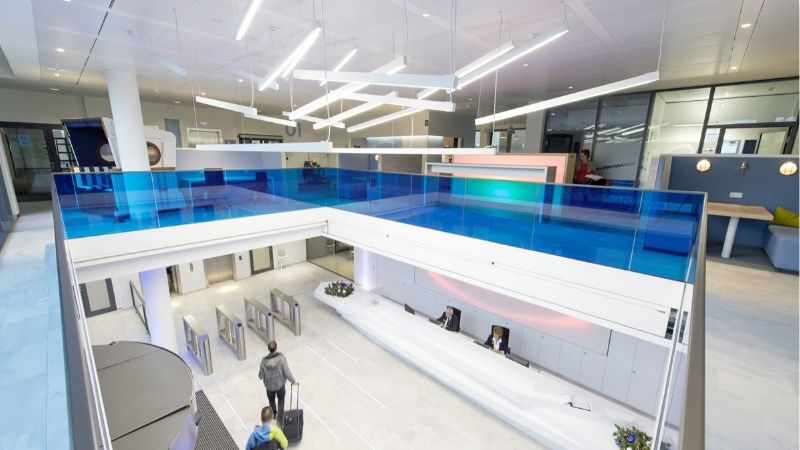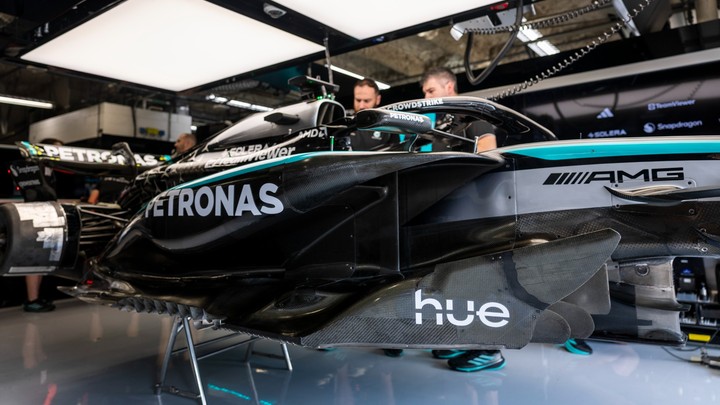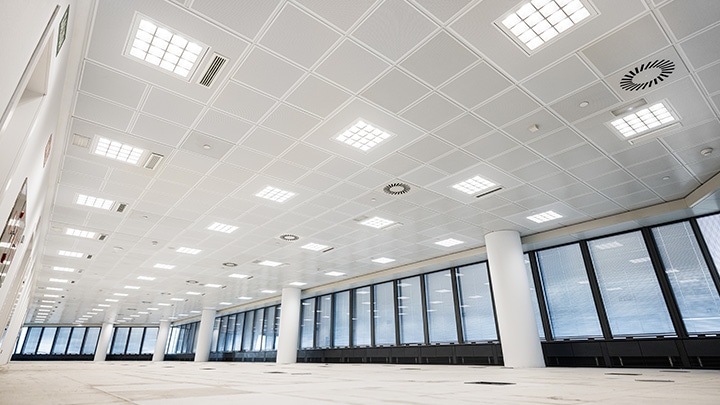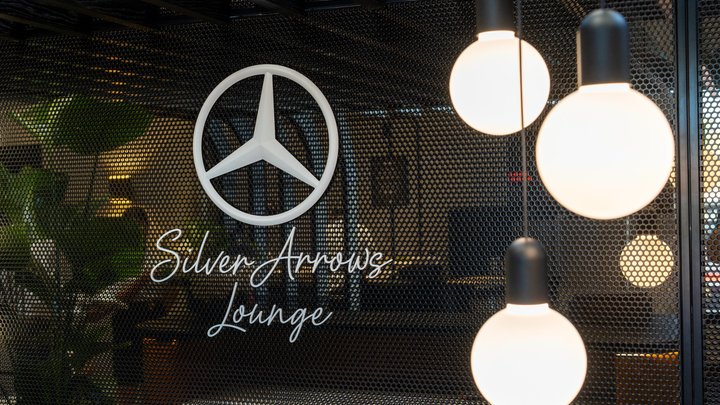Not too long ago, workplace health and safety was the butt of every joke, but it’s now relevant to all of us as we consider what a return to the office looks like. In just a few short months, COVID-19 has completely changed the way we think about risk in our everyday spaces.
As waves of the pandemic spun around the world, the advice we’ve heard in most locations has been that unless it’s essential to be on site, we must work from home. So, we all turned on our webcams, made desks in the corners of our bedrooms or at the kitchen table, and collectively, we changed what it means to have a work-life balance.
For me, it’s clear that that genie isn’t going back inside the bottle.
The reality we knew before – the crowded commute, the nine-to-five rhythm, huddled meetings in a cafeteria booth – feels completely incompatible with the measures we need to take to address the current pandemic, and quite possibly, the pandemics of the future.
The closely-packed, open-plan spaces where colleagues sit shoulder-to-shoulder look curiously dated in the age of social distancing. And being cooped up with a large group in a small meeting room has always been uncomfortable, but now there’s a heightened awareness that by working like this, we could be risking our own and our colleagues’ health.
Not only that: our emotional wellbeing is at stake. We need to feel safe to be our best, most focused selves. We can’t do that when we’re literally afraid to breathe.

